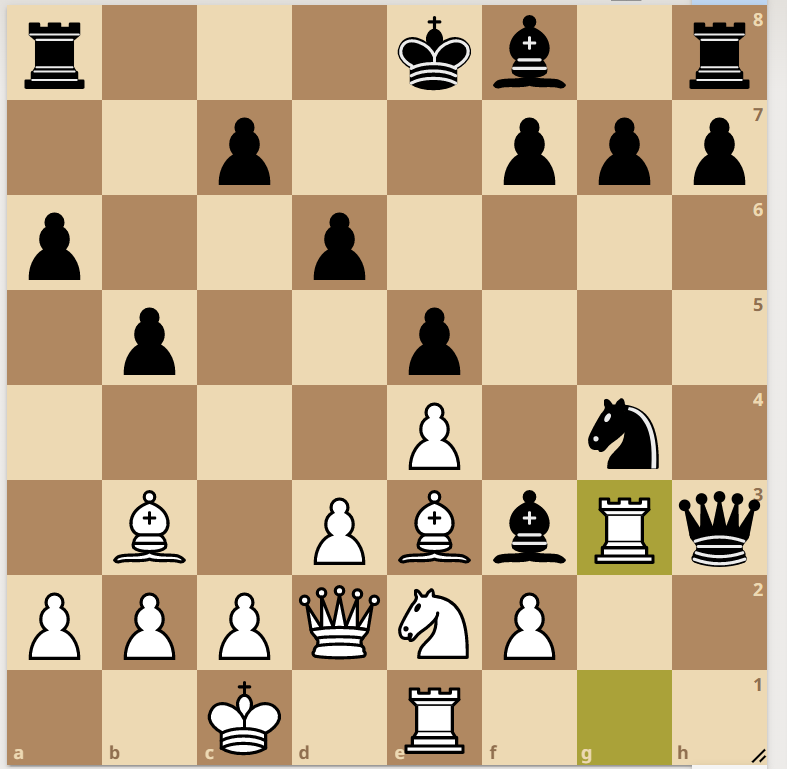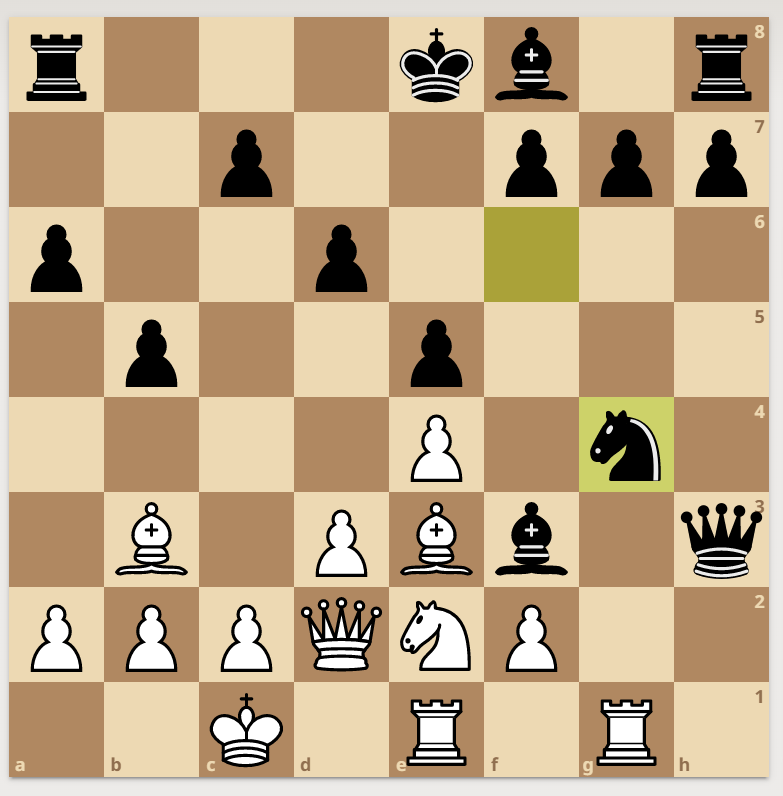Where was chess invented?
The History of Chess – Part 3:
The historical roots of chess
Previously I instructed you about the fabled origins of chess. But these origin stories are more legend than reality. So what do we truly know about the historical roots of chess? Where was chess invented?
The accepted view among historians is that chess is a direct descendant of the Indian chess game Chaturanga, where the game was developed in the 6th century AD. Chaturanga is a Sanskrit word that directly translates to “four arms” describing the four divisions of the ancient army (Chariots, Infantry, cavalry, and elephants!)
What is Chaturanga
Chaturanga is a tactical game played on a board that has 8 rows and 8 columns. There are different pieces you can move around the board, like a king, minister, and infantry. But Chaturanga also has some pieces that chess doesn’t have, like elephants and chariots. The goal of the game is to capture the other player’s king.
Chaturanga is the oldest board game to have two distinguished features that specifically link the game to the chess we know today.
- Each piece has different powers (sorry checkers!)
- The fate of the game rests upon the capture of one piece (checkmate!)
Why was Chaturanga invented?
We don’t know for sure why someone created Chaturanga, but it is thought that people made it to plan military strategies. Rich and important people in India played the game, and it helped them learn how to lead armies. Chaturanga is like a battle, and each piece represents a different type of soldier. So, playing the game helped generals plan for future battles. Of course, people also liked Chaturanga because it was challenging and a good way to spend time with others.
How is Chess different from Chaturanga?
Though Chaturanga is (was?) very similar to chess there are some key differences from the game we know today.
- There was no checkmate – the enemy king had to be captured for victory
- A stalemate was a victory for the attacker- as the king would be captured on the next move.
- The infantry (pawn) could only one forward one square at a time
- The elephant (bishop) could only move two squares diagonally but could jump over other pieces
- The minister (queen) could only move one square in any direction.
What’s next?
Next time, we discuss the introduction of chess to Persia!
In the meantime, you can try your hand at the ancient game of Chaturanga on chess.com













